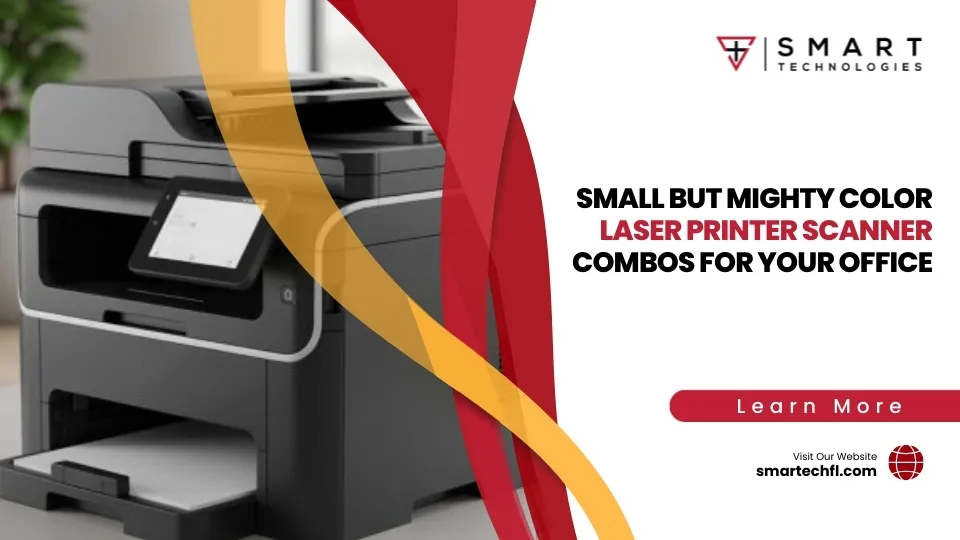Protecting Practice Efficiency: Meeting Modern Healthcare Demands
While Medicare’s proposed 2.8% payment reduction for 2025 isn’t final, it highlights a persistent challenge in healthcare: protecting practice profitability in uncertain reimbursements and rising costs. With 92% of medical groups reporting increased operational expenses, smart practices aren’t waiting to optimize their operations.
This article provides a practical roadmap for healthcare providers to transform documentation costs into operational savings while strengthening Medicare compliance and protecting profitability. Drawing from real practice implementations, we’ll explore how modern document management positions your practice for sustainable growth without compromising care quality or compliance.
The Perfect Storm: Payment Cuts Meet Rising Costs
The proposed 2024-2025 Medicare Physician Fee Schedule reduction of 2.8% comes at a time when practices are already struggling with inflation and increased operational expenses. Rep. Greg Murphy, MD (R-North Carolina), who is leading legislation to prevent the cut, puts it bluntly: “If Hardee’s or McDonald’s, inflation goes up, they raise their prices. We don’t get a chance to do that because they’re negotiated rates with either Medicare or with insurance companies. So, all of it, all of it, has to come from our bottom line.”
Documentation: The Hidden Workflow Cost
Despite investments in electronic health records (EHR), most medical practices still wrestle with paper-based workflows. Every day, practices process incoming faxes, insurance forms, referral documents, and patient records that arrive in paper format. Add to this the constant printing and copying of records for referrals, insurance requests, and patient handouts, and the costs multiply quickly. These hybrid processes create hidden costs that many practices overlook:
- Staff manually scanning and indexing documents into EHR systems
- Time spent searching across both paper and digital systems for complete patient information
- Physical storage costs for documents that require retention
- Printing and copying costs across multiple devices and locations
- Overtime hours during insurance audits and record requests to compile information from multiple sources
- Payment delays or denials due to missing or misfiled documentation
While most practices have moved their core patient records to EHR systems, these lingering paper processes drain resources and create compliance risks. The good news? These inefficiencies present a significant opportunity for automation and savings.
Meeting Dual Standards: Compliance and Quality
Healthcare providers face a dual challenge in documentation: maintaining strict compliance while demonstrating quality of care. Insurance providers, including Medicare, require minimum retention periods of six years with immediate access capabilities. But beyond basic compliance, today’s value-based care environment demands comprehensive documentation to support quality metrics and care outcomes.
Consider what your practice must manage:
- Detailed clinical documentation to support quality measures and care decisions
- Complete audit trails of record access and modifications
- Secure storage with controlled access for patient privacy
- Quick production of records for both compliance audits and quality reviews
- Documentation to support value-based care incentives and reimbursements
For practices relying on traditional document management methods, meeting these expanding requirements creates an ongoing operational burden that impacts both staff efficiency and revenue capture.
Modernization that Drives Results
Strategic document management addresses both compliance demands and quality reporting requirements through a comprehensive approach. For quality documentation, modern systems help practices capture every patient interaction completely, track satisfaction metrics for CAHPS reporting, and ensure consistent documentation of care plans and outcomes. This comprehensive capture directly supports quality-based reimbursements while improving response times to patient record requests – a key factor in satisfaction scores.
On the compliance and cost side, automated workflows eliminate manual processes that drain staff time and create bottlenecks. Documents are automatically routed, stored, and retained according to policy, transforming audit preparation from a crisis into a routine process. Physical storage needs decrease, printing costs drop, and staff time shifts from paperwork to patient care.
The financial impact extends beyond basic cost reduction. Better documentation supports both quality-based reimbursements and routine claims processing. By addressing these dual needs through a single solution, practices can realize immediate savings while positioning themselves for value-based care success.
Real Practice Impact
Moving to modern document management delivers measurable improvements that transform healthcare operations. From our healthcare implementations, digital solutions demonstrate clear operational benefits:
- Document retrieval time drops dramatically – records that took hours to locate are now accessible in seconds
- Staff productivity increases significantly as manual paper processes are eliminated
- Compliance processes are automated, reducing documentation overhead while maintaining standards
- Audit preparation becomes streamlined through complete digital access
- Storage costs decrease substantially as paper-based systems are eliminated
As one healthcare provider’s Digital Transformation Director explains, “Our digital transformation started at the heart of the organization – patient care. The results have exceeded our expectations in every way.”
These improvements deliver rapid return on investment through reduced operational costs and increased efficiency – all while maintaining the highest standards of compliance and security.
Your Path to Digital Transformation
As healthcare reimbursements evolve and quality metrics become increasingly important, we’ve learned that successful digital transformation comes down to three key areas of focus:
Understanding True Costs
From incoming referrals to insurance authorizations, every practice handles thousands of documents monthly. Beyond basic storage costs, consider time spent manually scanning records, searching for information across systems, and preparing for audits. The first step is mapping where paper still touches your practice – many organizations are surprised to find just how much time and money paper processes consume.
Identifying Core Workflows
Quality-based reimbursement demands efficient, reliable processes. Start by examining how documents move through your practice: How are referrals processed? Where do test results get routed? How quickly can staff access complete patient records? The right workflow automation ensures nothing falls through the cracks while supporting both compliance and quality reporting requirements.
Maintaining Compliance Standards
Modern healthcare requires more than just storing records – you need systematic ways to track access, demonstrate quality metrics, and respond to auditor requests. A well-designed document management strategy protects your practice while making compliance activities routine rather than reactive. This foundation supports both today’s requirements and tomorrow’s quality initiatives.
Time to Act
Whether Medicare cuts materialize or not, the demands on medical practices continue to intensify. Insurance companies require more documentation while expecting faster responses. Quality programs demand more detailed tracking and reporting. And practices must manage it all while controlling costs and maintaining compliance.
Modern document management addresses these challenges by turning documentation from a cost center into a strategic asset. Complete patient interaction records support quality-based reimbursements and practice efficiency. Automated workflows reduce operational costs while ensuring compliance. Quick access to organized information improves both audit responses and patient satisfaction scores.
Practices that modernize their document management systems position themselves to weather financial challenges while maintaining high standards of patient care and compliance. Every dollar saved through operational efficiency lets your staff focus on what matters most – providing excellent patient care.












